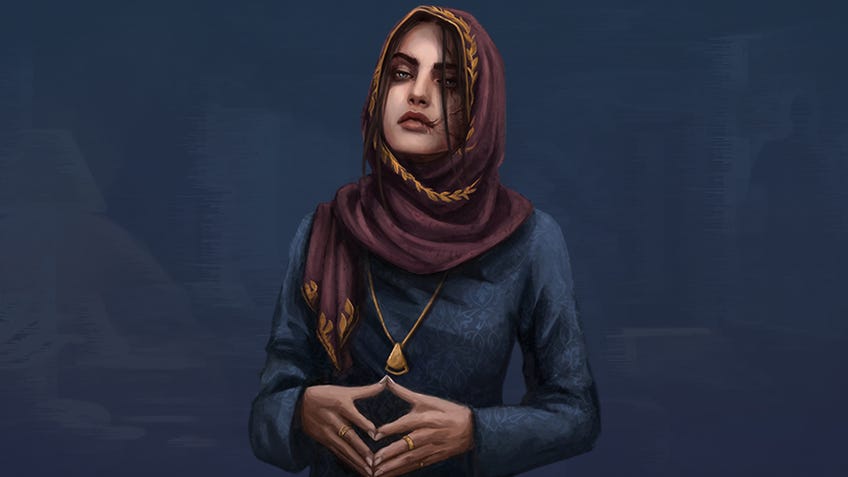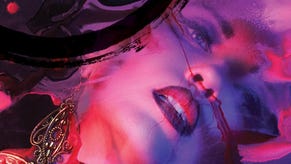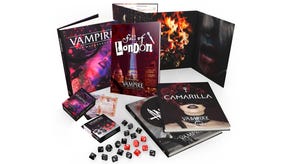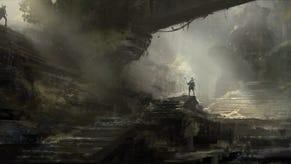Vampire: The Masquerade shows the right way to confront an RPG's problematic past
Listen up, D&D.
When Dungeons & Dragons creator Wizards of the Coast announced its intention last summer to address the game’s problematic approach to race, many fans were excited to see how this would play out. The publisher announced that a new sourcebook, Tasha’s Cauldron of Everything, would dedicate a chapter to addressing the problem directly.
Unfortunately, the release of the book left many fans feeling disappointed. Rather than creating a new system for customising player characters, it merely suggested that players could ignore racial stat bonuses. The concept that players should bend the rules to maximise their enjoyment has long been dubbed ‘Rule Zero’ of RPGs, and restating this makes for a weak, piecemeal approach that ignores a more systemic problem.
Of course, Dungeons & Dragons is not the only roleplaying game with a problematic history. Vampire: The Masquerade, like D&D, is currently in its fifth edition. It too had its share of racial stereotypes in earlier editions. Rather than ‘races’, Vampire: The Masquerade characters belong to a clan. Each of these clans has a history, access to different vampiric disciplines and a unique clan curse. Needless to say, some of the original designs of these clans make for difficult reading today.
One example of this is the Ravnos. Earlier editions of the RPG described the clan as charlatans who use their powers of illusion to take advantage of others. The Ravnos curse was a unique vice, with common examples being thievery or gambling. Vampire: The Dark Ages’ 20th anniversary edition describes the Ravnos as “often mistrusted on sight and treated like criminals before they can do anything wrong” and stresses their nomadic culture. Many fans over the years have noted the similarity with negative stereotypes of Gypsy, Roma and Traveller (GRT) communities that persist to this day.
Editions prior to V5 stated that the skin of a Banu Haqim got darker as they became more evil - a metaphor that perpetuated harmful ideas of anti-Blackness in the community.
The Followers of Set represented another crude racial stereotype. Described in the game’s 20th Anniversary Edition as being “mostly Egyptian or North African in origin”, the Followers of Set were a clan of devious drug dealers with a secretive cult religion and a compulsion to corrupt the innocent. This orientalist view of North Africans originated in the medieval Spanish depictions of the Moors, who were seen as a corrupting influence on Spanish ‘purity’, religion and society.
Then there are the Banu Haqim, known in earlier editions as the Assamites. This clan began in Vampire: The Masquerade’s first edition as an all-male band of bloodthirsty, fanatical assassins - reminiscent of depictions of Muslim soldiers during the Crusades. The word bloodthirsty here is key, as the Banu Haqim clan curse was an addiction to the blood of other vampires. It gets worse too, as all editions of the RPG prior to V5 stated that the skin of a Banu Haqim grows darker as they age, a process which often means their compassion, empathy and humanity slipping away from them. Their skin literally got darker as they became more evil - a metaphor as subtle as a sledgehammer that perpetuated harmful ideas of anti-Blackness in the community.
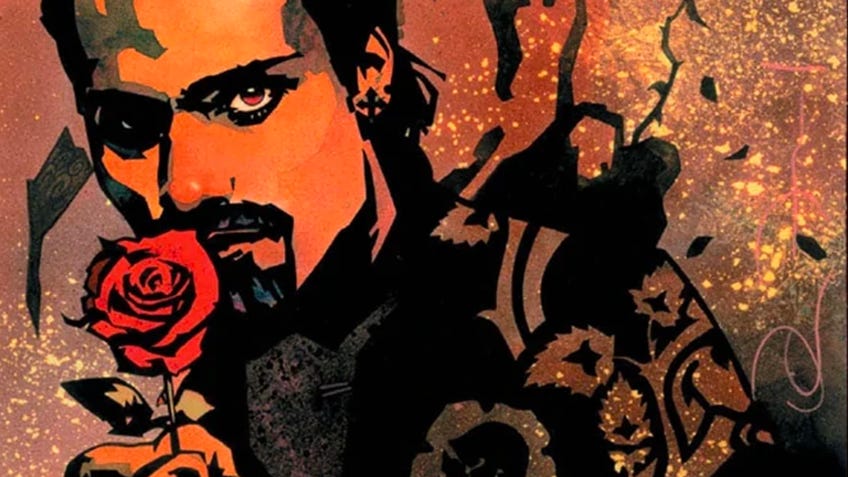
Despite this past, Vampire: The Masquerade has moved forward, setting an example for other games as a meaningful way to address racism. Rather than restating Rule Zero, the writers have reconstructed these clans from the ground up. By distilling what makes the clans interesting, V5 has managed not only to shed these dark stereotypes, but open up the creative freedom of its world to allow for a much broader cast of characters within the established lore.
By distilling what makes the clans interesting, V5 has managed not only to shed these dark stereotypes, but open up the creative freedom of its world.
Paradox recently released the V5 Companion, which included a rework of the Ravnos. This reimagining of the clan casts them as the trickster-god archetype inspired by mythological figures such as Loki and Hanuman. In an interview on the World of Darkness Twitch channel, lead designer Justin Achilli said: “Every culture has a sort of trickster in their mythology or someone who is revered for deceiving [...] all of these different connections that exist in cultures around the world, that’s what the Ravnos are.” Gone are the Ravnos’ inherent vices and cultural itinerancy. Instead, the writers created a new clan curse for the Ravnos that ties neatly into the existing lore: they cannot sleep in the same haven for long without risking an explosive death, a result of the incineration of their clan’s founder.
The Followers of Set had their rework in the Anarch supplement. Undergoing an in-universe rebrand, the clan are now the Ministry, shedding their connection to North Africa and Egypt. The Vampire as a corrupter is a powerful and interesting archetype, and by discarding the links to a particular ethnic group and faith the Ministry have gone from one-dimensional villains to a multifaceted clan of tempters that is home to cult leaders, pyramid-scheme influencers and gang leaders alike.
The Camarilla supplement describes the events of the Banu Haqim joining the Camarilla, an influential worldwide faction of vampires, and in doing so reveals that - like the false image of Muslim soldiers during the Crusades - the outside impression of the clan came more from scaremongering than a true reflection. In truth, the Banu Haqim live by a strict code of ethics that their blood compels them to enforce. Previously their thirst for vampire blood was the result of a magical curse; now it stems from a draw to feed from those deserving of punishment, with other vampires being the pinnacle of this damnation.
Removing the baggage of these clans did not strip them of uniqueness but served to widen their appeal and avoid the villainisation of ethnic groups.
Across all these reworks, there is a common theme. Each time, the writers have begun by identifying what makes each of these clans interesting, asking "What core element makes players want to include this in their games?" From here, they rebuilt the clans for a modern audience. It was not a case of pruning off the worst elements or making them optional - but rather a full rework from the ground up with a clear contemporary vision. In the end, removing the baggage of these clans did not strip them of uniqueness but served to widen their appeal and avoid the villainisation of ethnic groups.
The lesson here for RPGs such as Dungeons & Dragons is that racist stereotypes are not interesting lore, but a limit on player creativity. More than that, they are a barrier to marginalised people feeling welcome in your game. The draw of the Banu Haqim was never that their skin grew darker with time, and similarly no-one is drawn to playing an orc because of their penalty to intelligence. The goal of developers should be to create inclusive groups that spark the imagination and draw players in, rather than making these drawbacks optional and leaving it to players to say “my character isn’t like the rest”. These sorts of changes might not be easy, but if developers are intent on tackling this problem they cannot be afraid to throw the baggage of the past out the window and go back to the drawing board.
